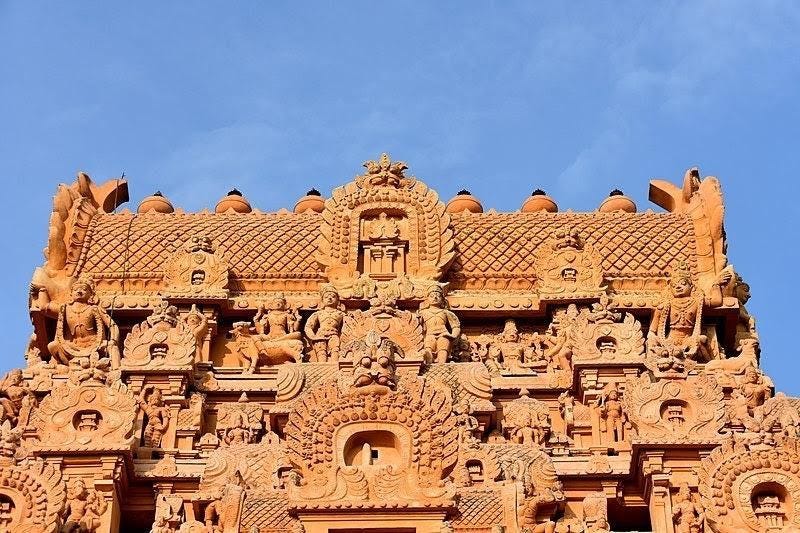Stark Truth About Aryans: a story of India
The rise, fall, and rise, of the Aryans (part 1 of 2)
This is the first installment in a two-part essay examining the demographic history of India, as well as the history of the demographic history of India. You will receive part two in the next few days.
[Update: part 2 is now up]
Nearly one in four human beings lives in the Indian subcontinent. The region’s genetic and cultural diversity are unparalleled, spanning a vast spectrum from blue-eyed Muslim Kashmiris in the north who speak a tongue distantly related to English, to mahogany-skinned polytheistic Tamil villagers in the far south whose language has no known relatives outside South Asia. Though Indian genetic research goes back decades, a legacy of P. C. Mahalanobis, the “father of Indian statistics,” only over the past twenty years has our understanding of the present genetic and physical variation and its roots expanded to a point where we can confidently trace the origins of South Asia’s bewildering diversity.
But science doesn’t exist in a vacuum. What the latest findings mean to Indians is still an issue subject to public debate, long after the data has been collected, reported, and analyzed. What does it mean to say that half the ancestors of modern Indians were related to the people of the Andaman Islands, and the other half to Europeans? Or that this synthesis of lineages occurred only within the last 10,000 years? Instead of being ancient and primal, a child of the Pleistocene tens of thousands of years in the past, to be genetically Indian is to be younger than the pyramids of ancient Egypt. Indian diversity is the result of a massive mixing between various streams of humanity that occurred thousands of years ago to produce a mosaic with startlingly different shades and features. European pastoralists, farmers from the subcontinent’s northwest reaches, and hunter-gatherers who clung to the Indian-Ocean shores on the southern fringe of India, came together to stitch a complex tapestry.



